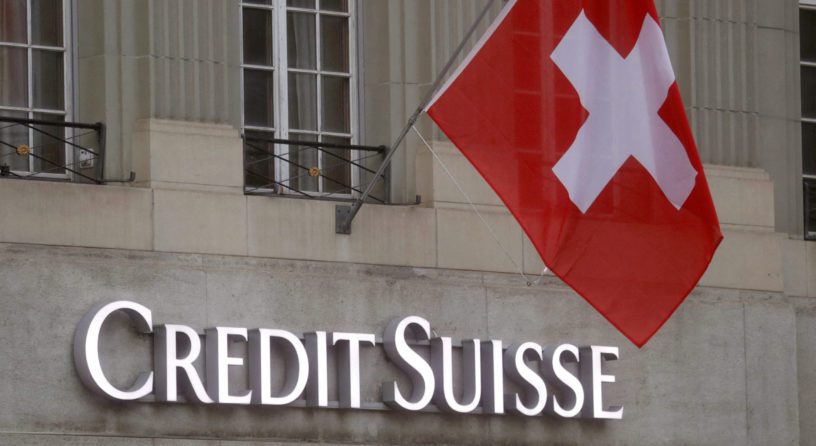CREDIT Suisse Group reported its worst annual loss since the 2008 global financial crisis after rattled clients fled in droves, and warned that a further “substantial” loss would come this year.
Battered by one scandal after another, the bank saw a sharp acceleration in withdrawals in the fourth quarter with outflows of more than 110 billion Swiss francs ($120 billion), although it said the picture has been improving.
Scandals that rocked the bank included an unprecedented prosecution at home involving laundering money for a criminal gang.
Then late last year, a frenzy of wild speculation about its financial health rattled confidence in the group. Much of the outflows happened around that time.
The wealth management division and investment banking unit will also probably log losses in the first quarter of 2023, it said on Thursday.
The bank’s shares slid 5% in morning trade.
Credit Suisse’s “operational performance was even worse than feared and the level of outflows quite staggering,” Thomas Hallett, an analyst with Keefe, Bruyette & Woods, said in a note to clients.
“With heavy losses to continue in 2023, we expect to see another wave of downgrades and see no reason to own the shares.”
For the fourth quarter, Switzerland’s second-biggest bank posted a net loss of 1.39 billion francs. That brought its total net loss in 2022 to 7.29 billion francs, marking its second straight year in the red.
Among a slew of scandals in recent years, Credit Suisse has been particularly hard hit by a $5.5 billion loss on U.S. investment firm Archegos in 2021 as well as the freezing of $10 billion worth of supply chain finance funds linked to insolvent British financier Greensill.
RIGHT-SIZING
For its flagship wealth management division, Credit Suisse reported outflows of 92.7 billion francs, much higher than the 61.9 billion analysts had expected, and putting the new total for the division’s assets under management at 540.5 billion.
The haemorrhaging of funds last year led it to breach some liquidity requirements, but its finance chief said on Thursday that the problem had since been resolved.
Andreas Venditti, an analyst with Vontobel, described last year as “clearly one of the worst years in Credit Suisse’s 167-year history”, cautioning that the future offered little immediate respite.
The bank said on Thursday that the final three months of last year had been hit by “significant deposit and net asset outflows at the beginning of the quarter”, as well as the wider economic conditions.
Rating agency Standard & Poor’s downgraded the bank to just one level above junk in November.
The bank, however, completed a 4 billion Swiss franc fundraising in December and said liquidity levels had been boosted. Chief Executive Ulrich Koerner said last month that Credit Suisse was “seeing money now coming back in different parts of the firm.”
“We have a clear plan to create a new Credit Suisse and intend to continue to deliver on our three-year strategic transformation,” Koerner said on Thursday.
The bank also made progress in its plans to spin off its investment banking arm, announcing that it had bought former board member Michael Klein’s advisory boutique for $175 million.
It did not give details on other investors that may back the unit. Koerner in October said the bank already had a $500M commitment from an investor without naming them. The bank’s CET1 capital ratio rose to 14.1% at the end of December from 12.6% at the end of September.
Share this on:
Follow us on:











